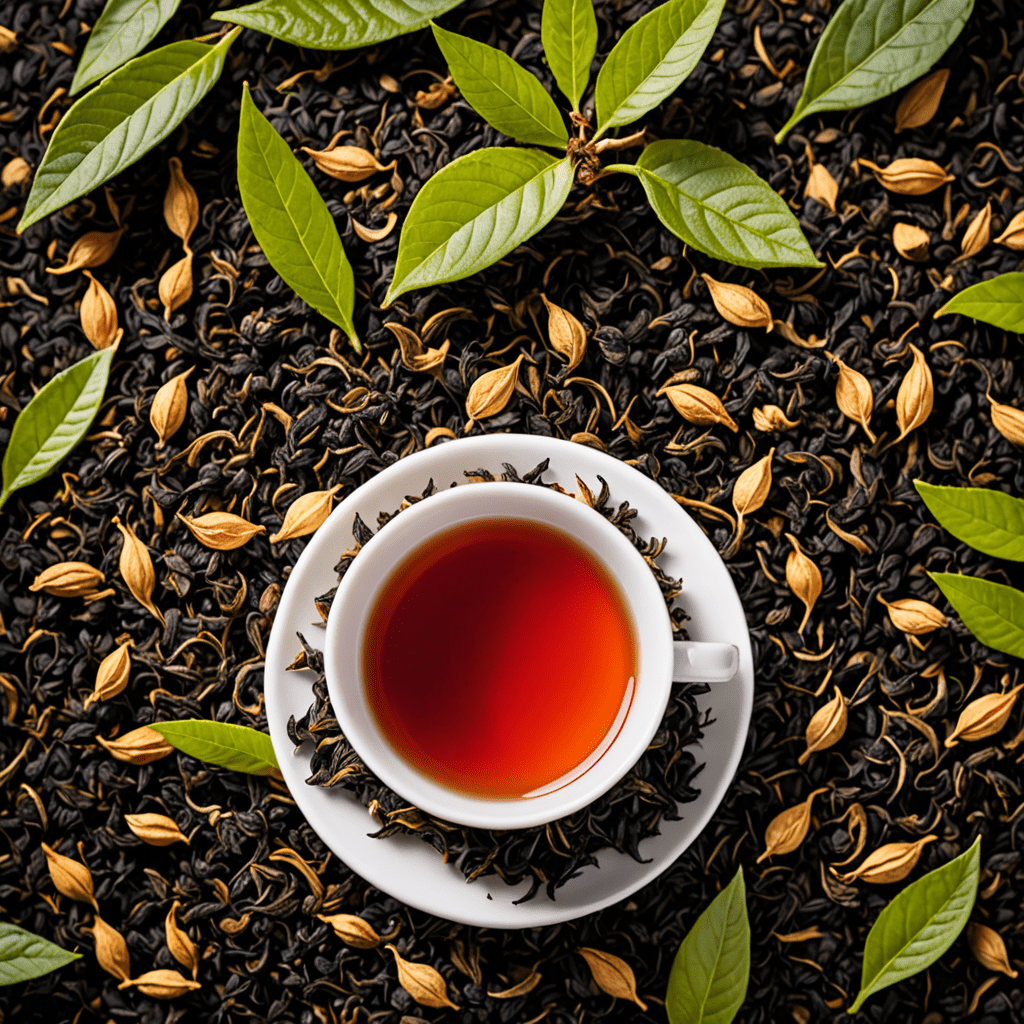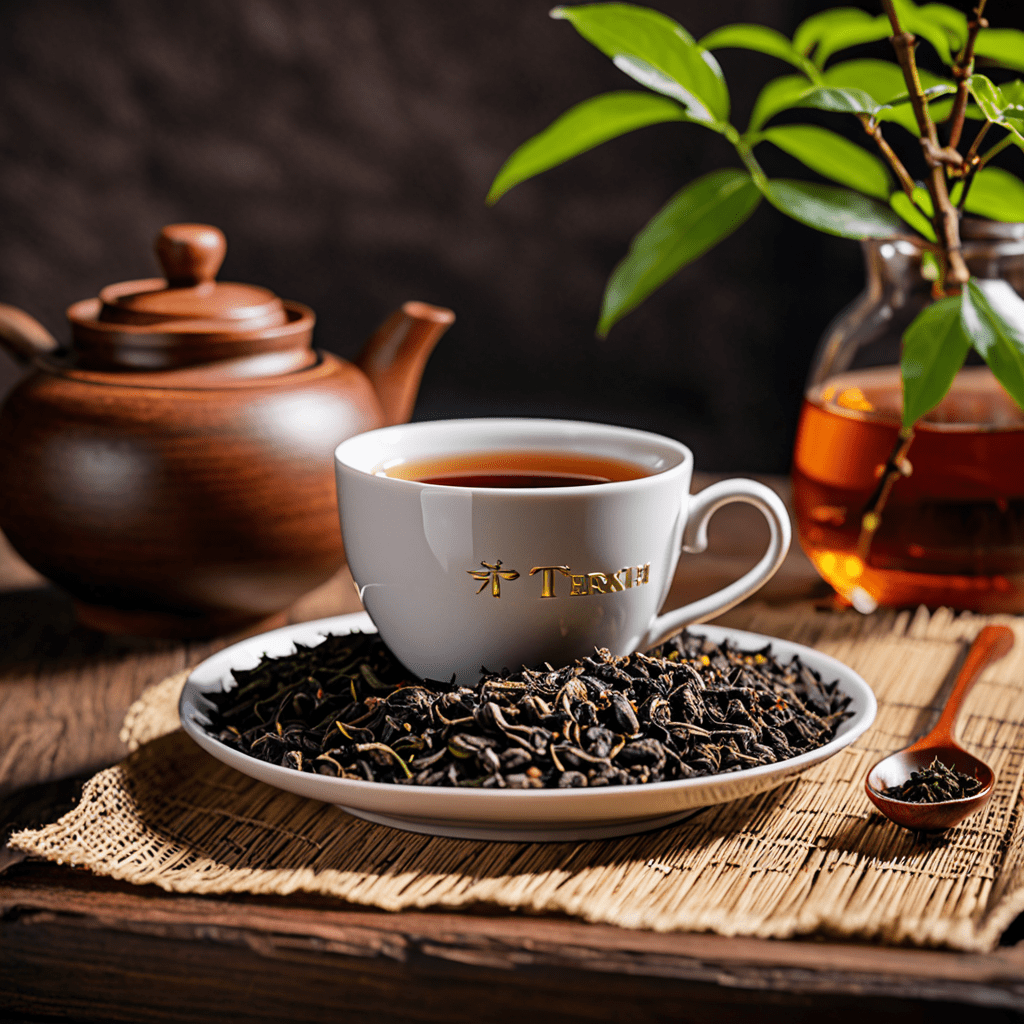
Unveiling the Origins of Irresistible Black Tea Leaves
Introduction
Exploring the Tea Plant: Camellia sinensis
The Birthplace of Black Tea: China
From the Foothills to the World: Indian Tea Plantations
Frequently Asked Questions
Introduction
Exploring the enchanting world of black tea is like embarking on a journey through time and space. In this blog post, we will delve into the origins of black tea leaves, uncovering the fascinating story behind their creation. From the tea plant itself to the regions where black tea flourishes, let’s uncover the secrets of this beloved beverage.
Exploring the Tea Plant: Camellia sinensis
At the heart of black tea lies the tea plant, scientifically known as Camellia sinensis. Native to East Asia, Camellia sinensis is a species of evergreen shrub that belongs to the family Theaceae. Renowned for its leaves, which serve as the foundation for various tea types, including black tea, this versatile plant holds the key to understanding the origins of black tea leaves.
The Birthplace of Black Tea: China
When it comes to the birthplace of black tea, one cannot overlook China. Long before black tea gained global popularity, China served as the epicenter of tea cultivation and innovation. The origins of black tea can be traced back to the early Ming Dynasty (1368-1644) when a new tea processing method called “withering” was developed.
Black tea, as we know it today, undergoes a rigorous and intricate production process, involving withering, rolling, oxidation, and drying. While other tea types like green tea involve minimal oxidation, black tea is allowed to fully oxidize, resulting in its distinct aroma, flavor, and deep color.
From the Foothills to the World: Indian Tea Plantations
In the 19th century, black tea production expanded beyond China to the lush tea plantations of India. The British established tea estates in regions such as Assam and Darjeeling, where favorable climatic conditions and fertile soil provided an ideal environment for the cultivation of tea plants.
Today, India is celebrated as one of the largest producers of black tea globally. Assam and Darjeeling teas, with their unique characteristics and flavors, have garnered a reputation for excellence, captivating tea enthusiasts worldwide.
Frequently Asked Questions
Q: Are black tea leaves different from other types of tea leaves?
A: Yes, black tea leaves undergo a different processing method compared to green, white, and oolong tea leaves. This results in distinct flavors, aromas, and colors.
Q: Can black tea be made from any tea plant?
A: Black tea can be made from the leaves of the Camellia sinensis plant, regardless of the specific variety. However, certain tea cultivars and regions are known for producing exceptional black teas.
Q: How is black tea prepared?
A: Black tea is typically prepared by steeping the tea leaves in hot water for a specific amount of time. The brewing process may vary depending on personal preference and the specific black tea variety being used.
Q: Are there health benefits associated with black tea consumption?
A: Black tea contains antioxidants and other compounds that have been linked to various health benefits, including improved heart health and reduced risk of certain chronic conditions. However, it’s important to consume black tea in moderation as part of a balanced diet.
Q: Can black tea be enjoyed with milk and sugar?
A: Yes, black tea can be enjoyed plain or with the addition of milk, sugar, or other flavorings. The choice of accompaniments depends on personal preference and regional traditions.
Q: Are there different flavors of black tea?
A: Yes, black tea comes in a wide range of flavors, which can vary based on factors such as the region of cultivation, processing techniques, and the presence of natural flavorings or additives.
Q: Are there any specific brewing guidelines for black tea?
A: While brewing guidelines may differ based on the specific black tea variety, a general rule of thumb is to steep the tea leaves in water that has been heated to around 195-205°F (90-96°C) for approximately 3-5 minutes. Adjustments can be made based on personal taste preferences.
As we wrap up our journey into the origins of black tea leaves, we hope you gained a deeper understanding of the tea plant, the countries where black tea thrives, and some common questions associated with this beloved beverage. Next time you savor a cup of black tea, remember the rich history and craftsmanship that goes into each sip.

